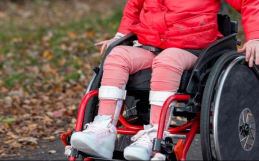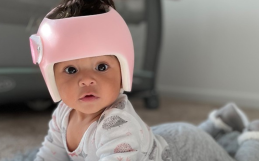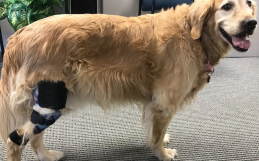Ankle braces (AFOs – Ankle Foot Orthoses) are supports that are used to provide stability, decrease pain, and increase mobility for our patients.
At Applied Biomechanics, we recommend ankle braces for a wide variety of reasons, and the type of ankle bracing we use depends on neuromuscular and musculoskeletal issues that are specific to each patient. Here are some of the key considerations when selecting an appropriate ankle brace:
1. Injury
We must determine whether the pain or lack of mobility that someone is experiencing is a result of an injury or a pathology. Injury-based pain means that an otherwise able-bodied person has suffered an injury that has made it painful to walk or has impacted their mobility. We will also need to determine the degree of the injury and how much pain or immobility the patient has as a result of the injury, as that can have an impact on the type of ankle brace selected.
2. Pathology
The other reason patients may require an ankle brace is because of pathology; that is, the ankle pain or immobility is the result of a health issue. Patients who need ankle braces as a result of pathology include those who have suffered a stroke, have Cerebral Palsy, Charcot-Marie-Tooth Disease (CMT), or posterior tibial tendon dysfunction (PTTD) to name a few. In these cases, a comprehensive neuromuscular and biomechanical assessment will be required to determine the appropriate type of ankle bracing.
3. How will the brace be used?
Another factor that we take into account when choosing an ankle brace for our patients is how the ankle brace will be used. We consider the patient’s lifestyle and goals for the ankle brace, such as the type of activity the brace will be used for. If the patient wants to participate in certain sports, for example, this will impact our decision when it comes to choosing the right design for that particular application.
We will also have to consider what we want the ankle brace to do. Ankle braces can give you increased motion, restrict motion, provide compression, provide overall stability, and prevent pain.
4. Custom-measured devices
For patients with acute injuries, we typically utilize a custom-measured device. Custom-measured devices come in standard sizes, and can be modified to fit your body and medical needs. Because they are typically off-the-shelf, they may be ready faster than a custom-made device.
5. Custom-made devices
For our patients with pathology-related needs, we typically recommend custom-made devices. Custom-made braces require a 3-D positive model of the body part. This is achieved by taking either a cast or high-resolution optical scan. Using the exact specifications and measurements from the 3D positive model, we will create a CAD design of the device, and then fabricate the brace in our on-site lab. You will need to return to our offices for a fitting appointment to ensure that your custom-made ankle brace fits correctly. The next step will be to schedule a follow-up fitting appointment with you. Our custom-made devices are made on-site in our lab and can be adjusted quickly and easily.
At Applied Biomechanics, we are committed to working with you to make the best brace for your body and your needs. Whether you have ankle, knee, leg, or other physical issues, we can help. Contact our team to learn more about our bracing and other services!






